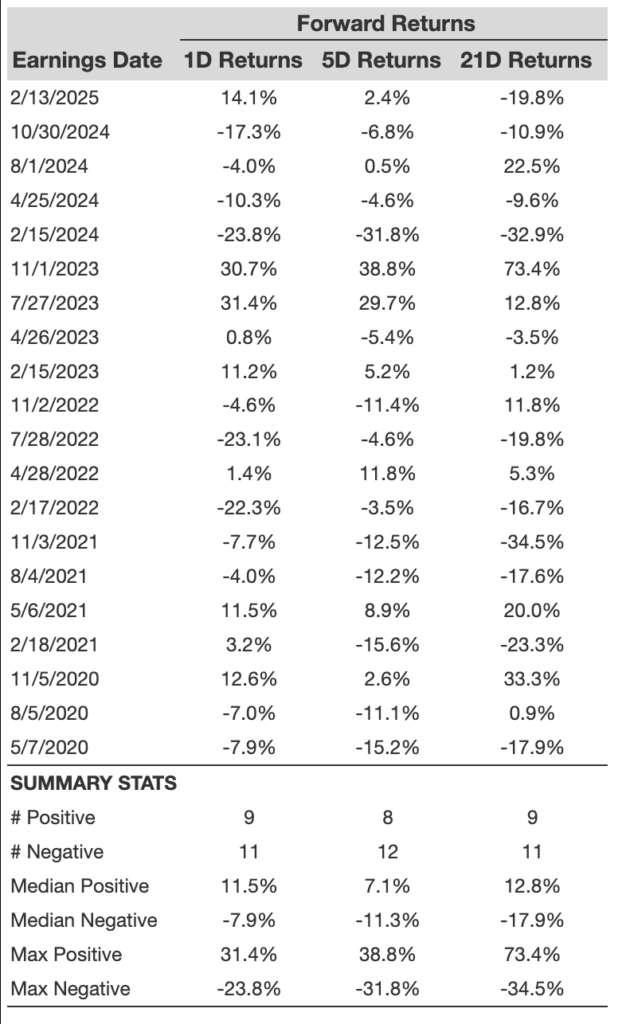Exploring Alternatives to Borrowing from Your 401(k) Plan
If you find yourself in a financial bind, borrowing from your employer-sponsored 401(k) might seem appealing. However, not all 401(k), 403(b), and 457(b) plans allow loans. This decision rests with the plan sponsor, so your first step is to consult with them or review the Summary Plan Description to see if loans are an option. More importantly, consider exploring other alternatives first.
Alternative Financing Options
Before deciding on a 401(k) loan, weigh the following four alternatives: personal loans, credit cards, home equity loans, and selling assets.
Personal Loan
Personal loans are accessible through banks, credit unions, and online lenders. Primarily, these loans are unsecured, meaning you don’t need collateral. However, providing collateral may also yield a secured loan, likely resulting in a lower interest rate because the lender can recoup losses by repossessing the collateral if necessary.
Typically, personal loans come with fixed interest rates, which means you will pay the same amount monthly until the loan is settled. Your eligibility and interest rate are determined by factors such as your income and credit score.
New Credit Card
With a strong credit score, you might qualify for a credit card offering a 0% introductory interest rate aimed at attracting new customers. This offer typically lasts between 12 and 24 months, allowing you to manage debt without interest during the promotional period.
For example, if you secure a card with an 18-month 0% rate and use it for $10,000 in home repairs, by making monthly payments of $555.55, you can pay off the amount interest-free. However, be cautious; if the balance isn’t paid off by the end of the promotional period, the annual percentage rate (APR) will increase to the standard rate, resulting in higher payments.
Home Equity Loan
If you own a home, a home equity loan allows you to leverage your home’s equity as collateral. This type of secured loan can offer competitive interest rates, but failing to make payments could lead to the loss of your home.
Equity is calculated by subtracting what you owe on your mortgage from your home’s current market value. For instance, if your home is valued at $300,000 and you owe $150,000 on your mortgage, your equity is $150,000.
Selling Assets
Consider selling assets that could finance your needs. Options could range from parcels of land to classic cars or valuable artwork. Even smaller items could provide the cash flow you require.
Considerations Before Borrowing
While borrowing from a 401(k) is possible, it’s crucial to assess whether it’s the most financially prudent choice. Here are some factors to consider:
Cost Implications of 401(k) Loans
For instance, if you withdraw from your 401(k) to fund a business, not only will you have to repay the loan in five years, but you’ll need to account for unexpected business expenses as well. Any unpaid balance by the due date incurs income taxes, and if you’re under age 59½, a 10% penalty applies.
Unless you are sure you can meet all payment obligations while managing other financial commitments, a 401(k) loan may not be your best option.
Impact on Portfolio Growth
Withdrawing funds from your retirement account halts investment in stocks, bonds, and other growth opportunities. Even if you temporarily place borrowed funds in a savings account, the returns won’t rival what your 401(k) could generate over time, especially during advantageous market conditions.
Double Taxation Risks
Contributions to a traditional 401(k) are made with pre-tax dollars. When you borrow, the withdrawal is tax-free, which sounds attractive. However, as you repay the loan with after-tax dollars, you will be taxed again upon withdrawal from the account in retirement.
The requirement to repay the loan with interest also adds to its overall cost. While borrowing from a retirement account is possible, it is often not the best strategy. Research alternatives thoroughly to determine whether they might better suit your financial situation.
Additional Retirement Strategies
Many individuals may feel behind on their retirement savings, but certain lesser-known “Social Security secrets” could significantly boost your retirement income.
By learning to maximize your Social Security benefits, you could potentially receive as much as $22,924 more annually. Take the time to explore these strategies to enhance your retirement preparedness.
The views and opinions expressed herein are those of the author and do not necessarily reflect those of Nasdaq, Inc.



